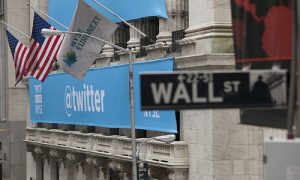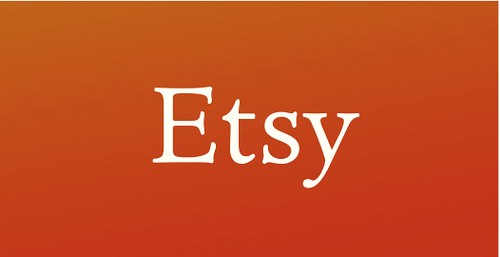The prospect of a company going public can be exhilarating, for journalists as well as company founders. Businesses are able to raise capital for expansion while founders enjoy a windfall. However, an initial public offering is often a years-long process with arduous regulatory filing requirements and legal hurdles. That’s why an alternative investment vehicle promising a faster road to listing has proven popular in recent years.
Special purpose acquisition companies, or SPACs, have been around for over two decades. However, due to the increase in volatility of the markets and the riskiness of IPOs due to the pandemic, they exploded in popularity in 2021. The number of companies that went public through a SPAC increased from 248 in 2000 to 613 in 2021. And more than $160 billion was raised in the U.S. in 2021, almost double the year before. Notable companies that have gone public through a SPAC include Virgin Galactic, Lucid Motors, and BuzzFeed.
Not your typical stock
SPACs have become a pathway for concept-driven companies without a product or profit to go public and raise capital. They are popular with electric vehicle and battery companies, as well as space exploration ventures.
SPACs do not have an underlying business. Unlike traditional companies that raise capital to finance their operations, they are public “shell” or blank-check companies that are set up for the sole purpose of acquiring an existing private business. SPACs are created by experienced managers and go through an initial public offering, like a traditional company. However, they only use the money raised to merge with private companies to take them public. Since SPACs have already been through a (shortened) IPO phase, the acquired company doesn’t need to go through the process itself. This “shortcut” to a stock exchange is what makes SPACs attractive.
This quick route does pose a risk to investors. SPACs have up to 24 months from their IPO to find and acquire a company, reducing the timeline for the company to prepare its statements and documents. This can limit the time that shareholders and the media have to vet the company. SPAC mergers have come under scrutiny for fraud, high fees, and underperformance after the acquisition is complete. These have led to an increase in class-action lawsuits in 2021.
Since the companies don’t need to go through the same IPO regulatory steps, it might lead to exaggerated or false business projections, business operations, and product features and benefits. Arguably, the most high-profile example of fraud from a SPAC merger is the case of Nikola.
In December, the electric-truck maker was hit with a $125 million penalty by the Securities and Exchange Commission after it was charged with misleading and defrauding investors. Ex-CEO Trevor Milton allegedly made false claims that the company was close to releasing a functional and technologically-advanced product, and misstated that products and components were built and made within the company.
Underperformance and high fees
Sponsors of a SPAC receive 20% of the outstanding shares in exchange for managing it until a merger is complete. Remember that SPACs have up to 24 months from IPO to find a target company. If they don’t, then they must close and return funds back to investors. This might put pressure on SPACs to acquire a company even if the prospects aren’t great or feasible for the long-term.
The haste in decision-making might be another reason the performance of SPACs has been disappointing. A 2020 study of 47 SPACs that merged between January 2019 and June 2020, showed that some SPACs dropped more than a third in price post-merger. SPACs have consistently underperformed the S&P 500. The ticker SPAK, which is an exchange-traded fund that includes SPACs in different stages, declined 25% at the end of 2021. This is the same percentage a group of 137 SPACs lost in February 2021.
Redemption fees are high for these shares, with redemption rates going as high as 67% in 2021. SPACs have a cost of 5.5% in underwriting fees at the time of the IPO and at the completion of the merger. These fees dilute share value. While some SPACs can perform well and provide investors a high return for the high risk, some investors come out disappointed.
The SPAC hype reportedly led in March to the Securities and Exchange Commission launching an open inquiry of Wall Street banks into SPAC dealings. Though it was voluntary for banks to turn over information, this might be an indication of a future official crackdown of SPACs.
Evaluating SPACs
So what can you do to increase transparency and truth in SPAC deals? Find and look through the documents, ask questions if you uncover any potentially misleading statements or information, and verify statements and claims with outside parties.
Some of the methods you can use to evaluate a SPAC or a potential merger are the same used to evaluate a startup. Look at our experts’ tips for evaluating startups article for helpful tips.











